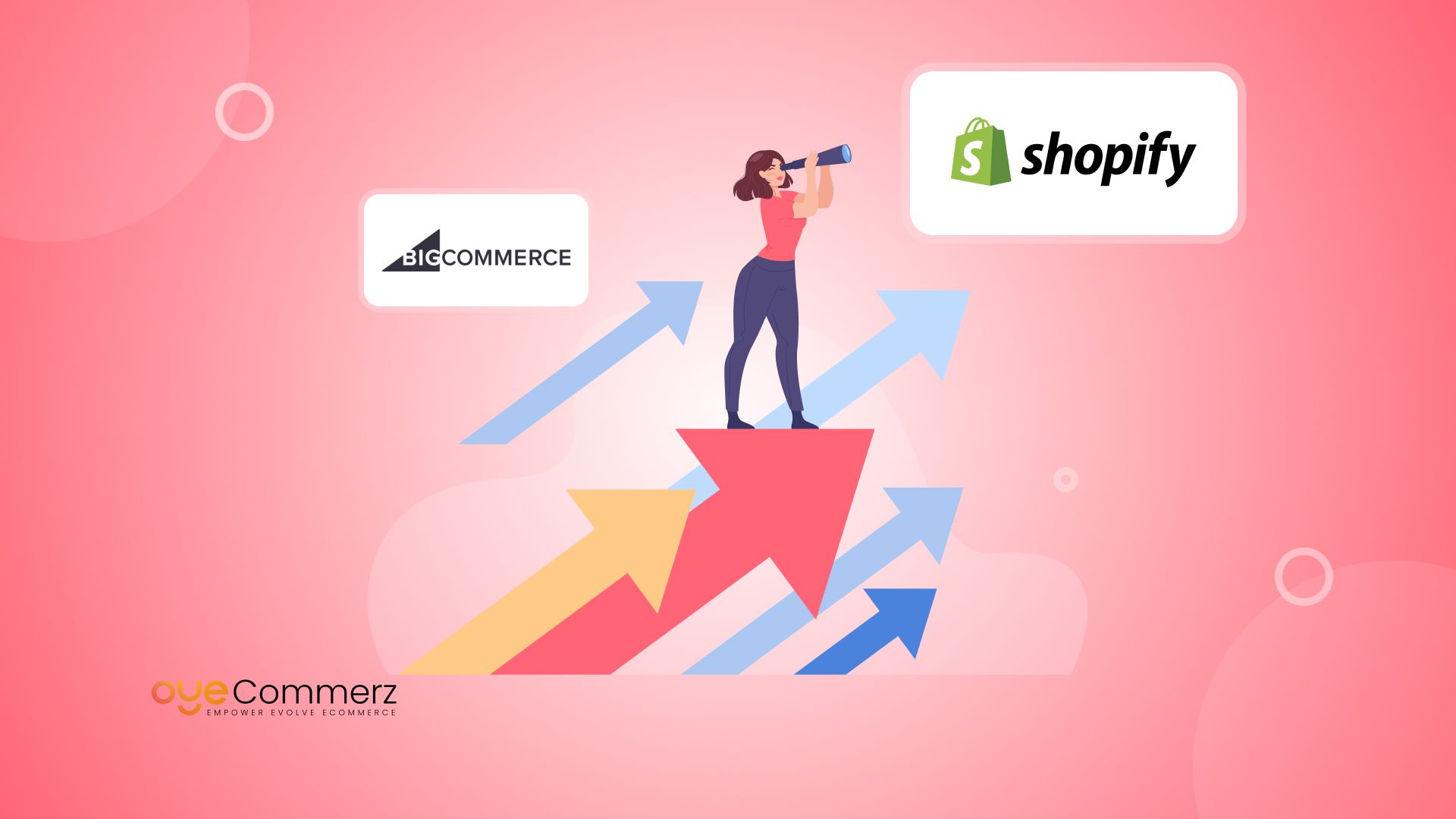Transitioning from WordPress to Shopify is an promising step in streamlining your online store operations. As businesses expand, choosing a solution that supports scalability, user experience, and flexibility becomes crucial. Shopify has emerged as a preferred choice for e-commerce professionals, offering unmatched adaptability, data protection, and ease of use. In this guide, we will delve into the transformative impact of this migration, highlight the benefits, and share practical tips to ensure a smooth move.
1. Top Reasons to Transition from WordPress to Shopify
The combination of WordPress and WooCommerce, has served countless online stores. Nevertheless, as businesses expand, issues like plugin dependency, security vulnerabilities, and complex setups often obstruct progress. Shopify, specifically created for e-commerce, eliminates these concerns with an all-in-one, user-friendly platform. Real data back this shift—Shopify hosts over 4.4 million websites worldwide, with a documented 10% increase in sales performance for many businesses after migration.
2. Shopify's Advantages for Thriving Online Stores
Shopify’s powerful platform caters for expanding businesses. Its standout benefits are:
- Effortless Design Flexibility: Shopify offers over 80 professionally designed themes.
- Built-in Features: Capabilities such as Shopify Payments and built-in SEO save time and effort.
- International Expansion: Currency versatility and localization features enable brands to expand internationally.
Additionally, Shopify boasts an availability percentage of 99.98%, ensuring your website remains accessible.
3. Getting Ready for Your WordPress-to-Shopify Transition
Prior to starting the migration process, assess your current store. Analyze inventory details, customer details, and search engine rankings. Tools like Shopify’s Migration Kit or external tools help ease the transition. Create a detailed strategy, making sure all assets—product descriptions, media files, and blog content—are ready for seamless import.
4. Data Migration: A Critical Step
Transferring your data is a cornerstone of a successful platform switch. When moving from WP to Shopify, prioritize:
- Product Information: SKU, item summaries, and categories.
- Customer Data: Emails, order history, and custom fields.
- Search Engine Considerations: Retain meta tags, URLs, and redirects to avoid SEO losses.
Leverage tools such as LitExtension to facilitate seamless migration while reducing mistakes.
5. Tailoring Your Shopify Store to Fit Your Brand
Post-migration, personalizing your Shopify store helps it aligns with your business identity. Take advantage of Shopify’s intuitive page builder to design pages effortlessly. Shopify's themes are optimized for all devices, providing a smooth UX across devices—a key point, since 74% of online shopping comes from mobile visitors.
6. Maintaining SEO During Migration
Search engine optimization is crucial for preserving your online Best Shopify migration services presence during migration. Shopify excels in SEO with organized link formatting, built-in optimization tools, and smooth content management. Ensure:
- Set up URL forwarding for old URLs.
- Enhance updated content with keyword-rich content.
- Leverage plugins like Plug in SEO to monitor performance after the switch.
7. Post-Migration Testing
After finishing the transfer, conduct thorough testing.
Check: - Page load times (Shopify delivers faster speeds compared to WordPress).
- Payment integration reliability and transaction flow.
- Mobile responsiveness.
Testing guarantees your store delivers a seamless shopping experience from the start.
8. Case Study of a Successful Migration
One such migration success story is Gymshark, a sportswear company that moved to Shopify. After the switch, the company saw a 60% increase in mobile sales and reduced site downtime. This highlights the capabilities of Shopify in driving e-commerce growth.
9. Challenges and Solutions
Migration comes with challenges, such as data integrity and adjusting tailored features. However, Shopify’s extensive assistance and external professionals make overcoming these hurdles manageable. Partnering with qualified Shopify developers ensures a trouble-free transition.
10. Making the Switch: The First Step Toward Success
Migrating from WordPress e-commerce migration WP to Shopify marks a forward-thinking approach to e-commerce. By focusing on growth, streamlining operations, and improving buyer satisfaction, Shopify enables companies to succeed in challenging industries.
Final Thoughts
Switching from WP to Shopify offers a smart solution that can significantly boost your e-commerce success. With a robust migration plan, the right tools, and professional guidance, you can unlock new growth opportunities.
Excited to start the journey? Reach out today to learn how our Shopify migration services can revolutionize your e-commerce platform. Contact us now, or consider: Can your business afford to miss out on Shopify’s growth potential?
